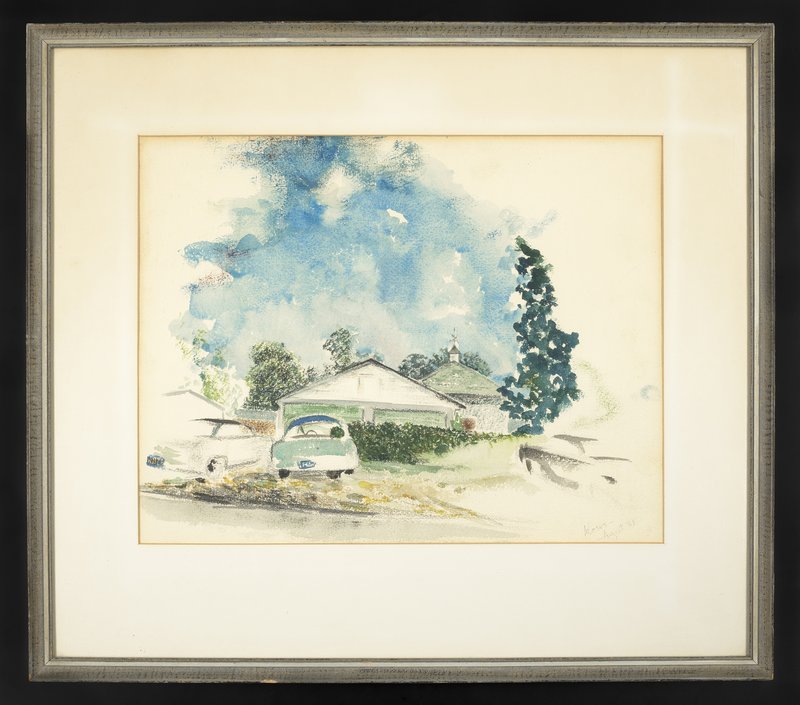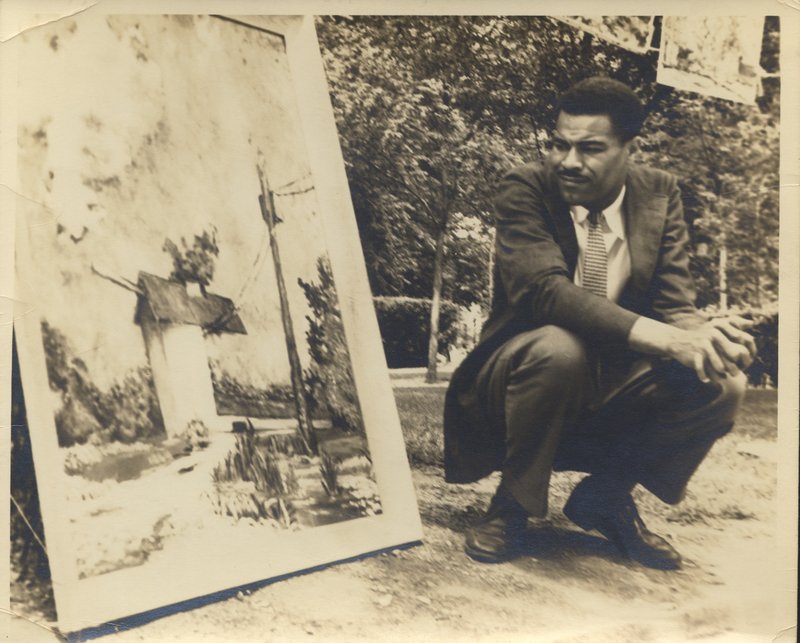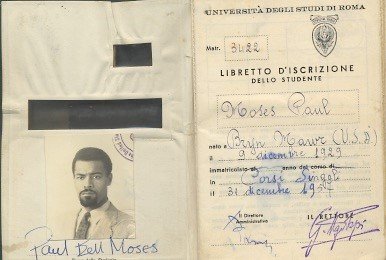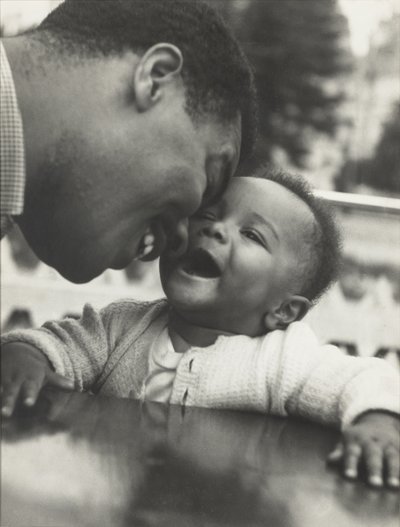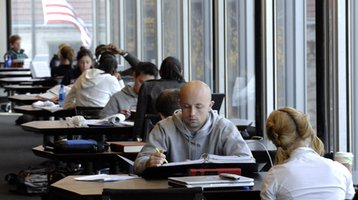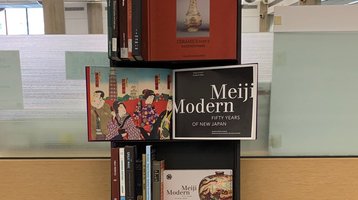Paul B. Moses: Trailblazing Art Historian
Exhibition Dates: September 12–December 16, 2022
Location: The Joseph Regenstein Library, 1100 East 57th Street, Chicago, IL 60637
The extraordinary life of Paul B. Moses (1929–1966) was one defined by barriers overcome. Born to working-class parents, he excelled at school and became the first African-American student to attend Haverford College. There he became a protégé of the collector and art connoisseur Albert Barnes, who nurtured the young man’s interest in nineteenth-century French art. The experience fueled Moses’ determination to pursue a career as an art historian.
Following his graduation from Haverford, Moses served in the United States Army and taught at an international school in Rome. In 1959 he enrolled at Harvard University, earning a Master’s degree two years later and beginning work on his doctoral dissertation, which focused on the etchings and monotypes of the French Impressionist Edgar Degas. He also met and married Alice Johnson, an accomplished and ambitious elementary school teacher. The couple moved to Hyde Park in 1962 when Moses was hired as an instructor in the University of Chicago’s Department of Art. He soon distinguished himself among the students and faculty for his innovative scholarship and empathic teaching style. In addition to his academic pursuits, Moses was also an avid amateur painter. His oils, watercolors, and sketches document his travels and demonstrate the keen observing eye he brought to his surroundings.
Moses met head-on the many challenges faced by a Black man working in a predominantly white field during the Civil Rights era. He risked the offense of his white colleagues when he voiced his critiques of Mark Twain’s Huckleberry Finn, calling out the novel’s racist elements and their potentially detrimental effects on students. He was often the only person of color at the lectures he gave and art-world events he attended around Chicago. He won grants that enabled him to make several more trips to France to continue his research on Degas, where he was offered a book contract. He also curated an exhibition of Degas’ prints, wrote reviews for the arts section of the Chicago Daily News, and quickly made a name for himself in the local arts community.
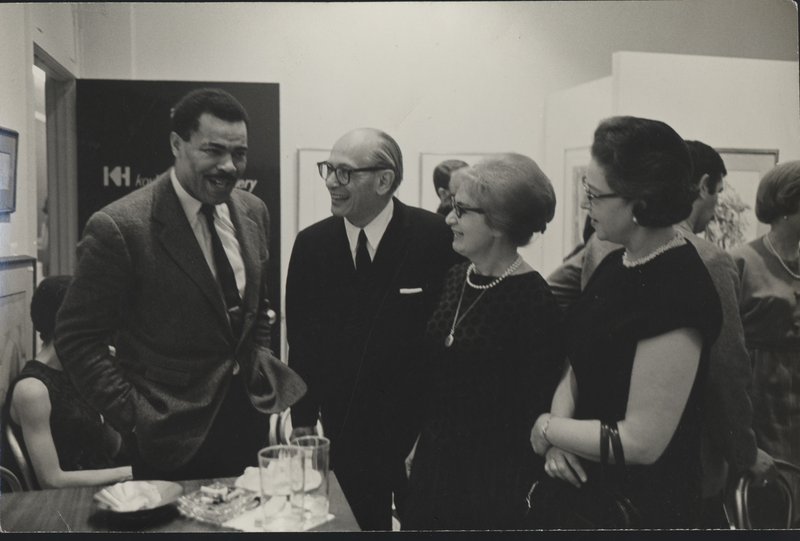
In 1966, at the age of 36, Moses’ life was tragically cut short when he was murdered by two young white men who intended to steal his car. The event devastated his family, friends, colleagues, and students, many of whom wrote letters and tributes that underscored the lasting impact he had on their lives. As this chorus of voices made clear, his groundbreaking scholarship, exemplary teaching, and essential humanity together constituted his greatest legacies. This exhibition seeks to honor those legacies, telling the story of, as one of his many admirers described him, “Paul Moses: the instructor, the critic, and the man.”
Curators
Michael Moses, LAB’81, teacher, The University of Chicago Laboratory Schools, and son of Paul Moses
Stephanie Strother, PhD student, Department of Art History, The University of Chicago
Use of Images and Media Contact
Images from the exhibition included on this page are available for download to members of the media and are reserved for editorial use in connection with University of Chicago Library exhibitions, programs, or related news. For more information, contact Rachel Rosenberg at ra-rosenberg@uchicago.edu or 773-834-1519.
